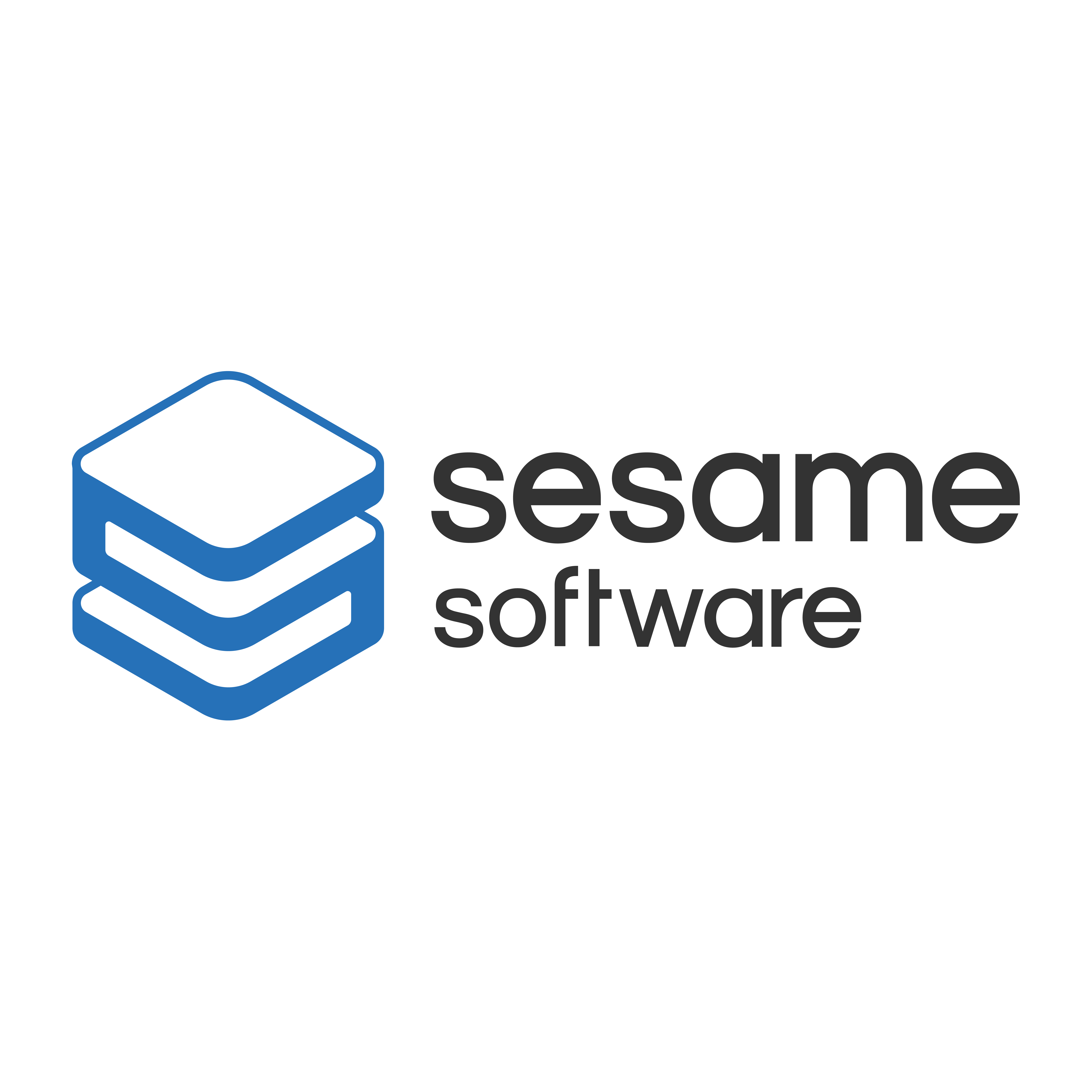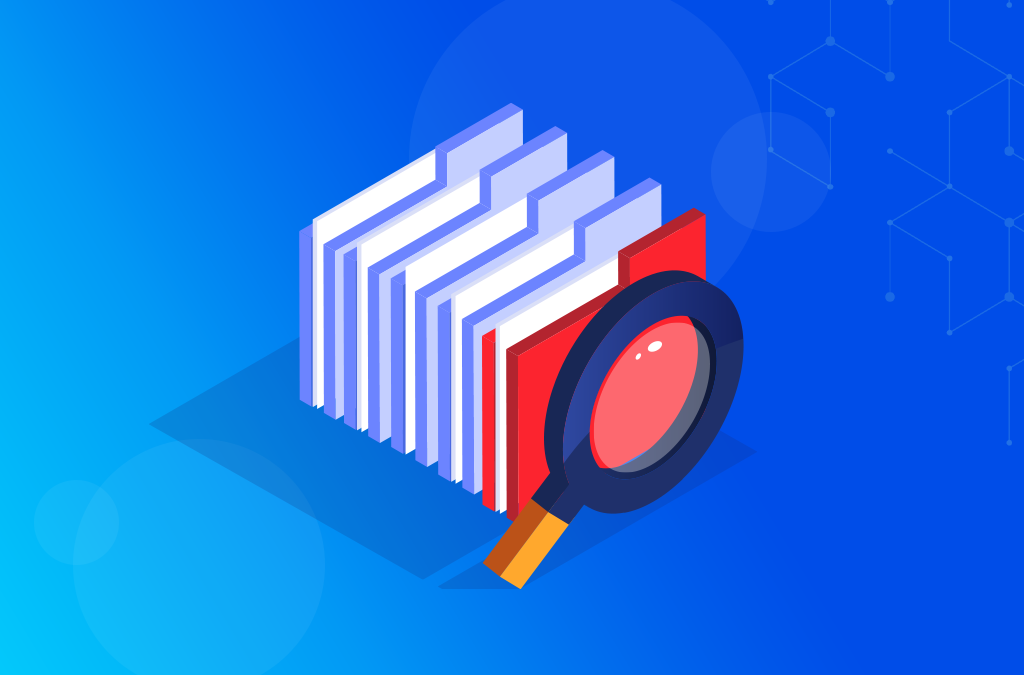Replicated data is copied from one record system to another, which acts as a backup system. Working copies of source databases are beneficial for a number of reasons. Data replication helps organizations increase availability, accessibility, backup, and disaster recovery.
We will cover the following topics in this white paper:
- The most common reasons to use data replication
- How to use data replication
- Benefits of data replication
- Methods to accomplish your goals
How to Use Data Replication
Enhance the availability of data
The distribution of data across networks enhances fault tolerance and accessibility, especially across global organizations. The replication of data across multiple nodes in a global network increases the resilience and reliability of systems.
Access Data for Reporting and Analytics
Businesses with data-driven strategies collect and store data from multiple sources in data warehouses. Reports that span multiple applications. Business intelligence users can now see their corporate data in a 360-degree view.
Increase Data Access Speed
It is possible for users to experience some latency when accessing data from one country to another in organizations with multiple branch offices. By placing replicas on local servers, users are able to access data more quickly and execute queries more quickly.
Enhance the performance of the server
Additionally, replicating data can optimize server performance. Utilizing the original source system’s database can strain the system’s resources when it comes to data analytics and business intelligence. This can cause performance issues with original transactional systems. The administrator can save processing cycles on the primary server for more resource-intensive writes by routing all read operations to a replica.
Replication of databases reduces the load on the source application server. The performance of the network is improved by dispersing the data among the nodes of the distributed system.
Ensure Disaster Recovery
A data breach or hardware malfunction can lead to businesses losing data. During a disaster, valuable data of employees or clients may be compromised. By maintaining accurate backup copies at well-monitored locations, data replication facilitates the recovery of lost or corrupted data. In addition, a recovery tool is essential for this purpose, one that can retain backups for varying lengths of time according to data retention best practices and patchwork of laws governing data retention.
How Data Replication Works
The replication process involves copying data from different sources to multiple destinations. It is possible, for example, to copy data between two on-premises hosts, between hosts in different locations, to multiple storage devices on the same host, or to or from a cloud-based host. A master source can replicate data according to a schedule or in real-time, or it can be changed or deleted.
There is a challenge in finding a solution that works with all of your data without needing different solutions for different applications. Stay away from niche products that cater to just one or two applications.
Data Replication Benefits
The sharing of data across multiple hosts or data centers is facilitated with data replication, which distributes network load over multiple multiple-site systems by making data available on multiple hosts. Among the benefits organizations can expect are:
- Availability and reliability: If one system fails due to faulty hardware, a malware attack, or another issue, the data can be accessed from another site.
- Having the same data in multiple locations can reduce data access latency since necessary data can be retrieved closer to where the transaction is taking place.
- Support for business intelligence with replication of data: Replicating data to a data warehouse enables distributed analytics teams to work on a common project.
- Test system performance is improved: Data replication facilitates the distribution and synchronization of data for test systems that require quick access to data.
Data Replication Methods
Let’s examine the methods of data replication in relation to latency first. Real-time replication is necessary in some use cases, such as having a standby database ready in case a database server fails.
Standby Databases
In the event of a server failure, standby databases provide redundancy. This can be caused by a corrupted filesystem or a broken network path. A hot backup database can automatically be switched to be the active database when needed, providing an extra layer of protection to keep systems running without any downtime.
Every new transaction in the database can be replicated to a Standby Database in several database platforms. The process is known as Change Data Capture (CDC) if it is done in real-time. Instead of polling the data directly, CDC uses database logs on the source database.
Replication in Near-Real-Time
Near-real-time replication is used to create a data warehouse that is simply a clone of the source database. Instead of spending months designing and data mapping a data warehouse into a structure that simplifies the accessibility of information for reporting users, the source schema is recreated in the target warehouse database.
This approach requires an abstraction layer when the source application’s database schema is too complex for business users to understand. This can be accomplished by creating views on top of the mirrored tables.
Most reporting products allow an administrator to define metadata in the reporting application. This resolves the complexity into topics, which are subject areas such as customer accounts and contacts, financial transactions, support cases, and inventory. Standard database technologies today either have built-in capabilities or use third-party tools to accomplish data replication.
When it comes to replicating data from databases, there are several basic methods for replicating data:
Full Table Replication
Replication of full tables copies all data from the source to the destination, including new, updated, and existing data. It is useful when records are regularly hard deleted from a source or if the source does not have unique keys or change timestamps.
This method, however, has several drawbacks. Full table replication consumes more processing power and generates more network traffic than copying only changed data. When copying full tables, the cost typically increases as the number of rows copied increases.
Change Data Capture
The data replication software makes full initial copies of data from the source to the destination, following which the subscriber database is updated whenever data is modified. A more efficient replication method since fewer rows are copied when data is changed.
Transactional replication usually occurs in server-to-server environments, in which database logs can be monitored, captured, parsed, streamed to the receiving server, and applied to the receiving database. Change Data Capture rarely works for SaaS applications, since most lack notification mechanisms.
Snapshot Replication
Snapshot replication replicates data exactly as it appears at any given time. This type of replication does not take into account intervening changes to data. This replication mode is used when changes to data are infrequent, such as initial synchronization between subscribers and publishers.
Incremental replication based on timestamps
A timestamp-based incremental replication updates only the data that has changed since the previous update. By contrast with full table replication, timestamp-based replication copies fewer rows of data during each update, making it more efficient. Among the limitations of this technique are its inability to replicate or detect hard-deleted data and not being able to update records without unique keys.
Data Replication Pitfalls To Avoid
The replication of data is a complex technical process. While it is advantageous for decision-making, the benefits may come at a price.
Data inconsistency
Concurrent updates in a distributed environment are more complex than those in a centralized environment. Data replicated from different sources at different times can cause some datasets to be out of sync with each other. Data could be temporarily out of sync, last for hours, or become completely out of sync.
Administrators should ensure that all replicas are updated consistently. To optimize the replication process, it should be well-thought-out, reviewed, and revised as needed.
More Data Means More Storage
The same data stored in more than one place consumes more storage space. It’s important to consider this cost when planning a data replication project.
Data movement may require more processing power and network capacity
Reading from distributed sites may be faster than reading from a central location, but writing to databases is slower. Replication updates consume processing power and slow down the network. Improving data and database replication can help manage the increased load.
Streamline your replication process with the right tool
Replication of data has both advantages and disadvantages. A replication process that meets your needs will smooth out any bumps in the road.
Yes, you can write code internally to handle the replication process – but is this really a good idea? You’re essentially adding another application to maintain, which can be time-consuming and energy-consuming. In addition, some complexities arise from maintaining a system over time: error logging, alerting, job monitoring, autoscaling, and refactoring code when APIs change.
By accounting for all of these functions, data replication tools streamline the process.
Simplify Data Replication the Right Way
With Sesame Software, you can spend more time driving insights from your data and less time managing it. In minutes, Sesame Software can replicate data from SaaS applications and transactional databases to your data warehouse. Once there, you can use data analysis tools to surface business intelligence.
You don’t have to write your own data replication process when using Sesame Software’s click-and-go solution. No coding, data mapping, or modeling is required. Sesame Software ensures the fastest possible data movement with its patented multithreaded technology. Start gaining data-driven insights within minutes by registering for a free trial!


